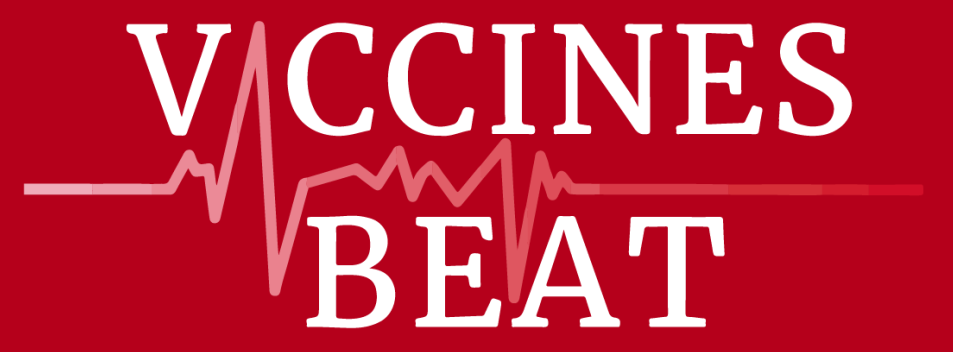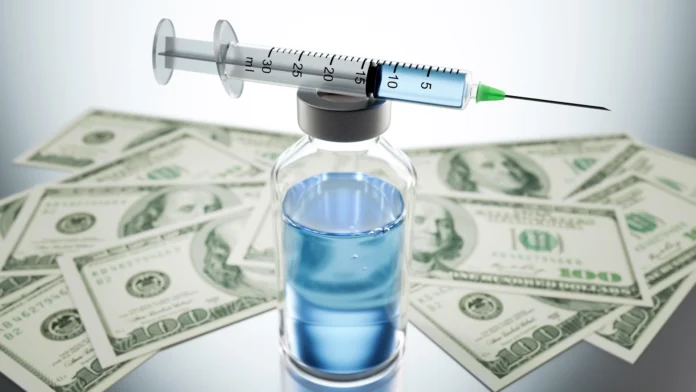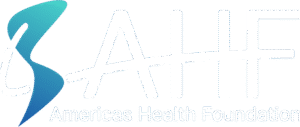Introduction
Vaccines success throughout time has been more than evident, global immunization efforts have saved an estimated 154 million lives – or the equivalent of 6 lives every minute of every year – being the measles vaccination with the most significant impact on reducing infant mortality, accounting for 60% of the lives saved due to immunization.
Over the past 50 years, vaccination against 14 diseases (diphtheria, Haemophilus influenzae type B, hepatitis B, Japanese encephalitis, measles, meningitis A, pertussis, invasive pneumococcal disease, polio, rotavirus, rubella, tetanus, tuberculosis, and yellow fever) has directly contributed to reducing infant deaths by 40% globally, and by more than 50% in the African Region.
However, the impact of vaccines and vaccination extends beyond health, influencing social and economic aspects as well.
Figure -1: Overall impact of vaccines and vaccination. (Taken from Rodrigues CMC, Plotkin SA. Front Microbiol 2020; 11: 1526. 10.3389/fmicb.2020.01526. eCollection 2020).
Vaccines rank among the highest-return interventions, yielding up to ~$40 USD for every dollar invested.
However, when deciding whether to implement a vaccine in a region or country, the costs associated with the biologic and its administration often pose the greatest barrier, as evidenced by numerous studies worldwide.
Therefore, pharmacoeconomic studies are essential in demonstrating to health authorities worldwide that vaccines are either cost-beneficial or cost-effective.
Requirements for Conducting a Pharmacoeconomic Study on Vaccines:
Epidemiologically, the disease burden is measured on incidence, prevalence and severity, as well on mortality and morbidity, with consequential impacts on economy and quality of life.
Figure -2: Overall burden of a vaccine-preventable disease (multiple references):
To conduct a pharmacoeconomic study on vaccines, the following assessments are essential:
Epidemiological burden of the disease:
The most reliable methods for data collection are passive or active surveillance, with the latter being preferred as a prospective approach. Additionally, for diseases where surveillance is technically challenging—such as non-mandatory notifiable diseases or cases where surveillance data is unreliable—serosurveys combined with epidemiological catalytic studies can serve as valuable alternatives.
Economic burden of the disease:
In this field we need to assess the following:
Direct Costs: These encompass all healthcare-related expenses, including laboratory tests, hospitalizations, medications, outpatient visits, surgical procedures, and the treatment and management of disease-related complications, among many others. National cost references are available for various diseases, and in cases where active surveillance is conducted, real-life cost data can often be directly obtained.
Indirect Costs: These include expenses associated with wage loss, transportation, and other non-medical costs incurred by patients and/or caregivers. For large retrospective studies, average salary costs can be estimated using the country’s annual average wage.
Cost of the Vaccine and Vaccination:
The price of the same vaccine can vary significantly between countries, largely depending on the purchasing mechanism. Vaccines may be procured directly from manufacturers or through support programs from organizations such as GAVI, the PAHO Revolving Fund, and others. Additionally, the cost of vaccine administration is considered; however, many studies often overlook the expenses associated with delivering vaccines to hard-to-reach regions.
Selection of the appropriate study pharmacoeconomic model or methodology:
Cost-Minimization Analysis: This approach focuses on selecting the most affordable vaccine brand, with government decisions based solely on the purchase price.
Cost-Benefit Analysis (CBA): This method compares monetary costs and benefits. The cost of vaccination, including both direct and indirect expenses, is assessed against the financial burden of the disease. A Benefit-Cost Ratio (BCR) lower than 1 (BCR < 1) indicates that vaccination is more cost-effective than treating the disease.
Cost-Effectiveness Analysis (CEA): This evaluates the cost per life year gained (LYG) due to vaccination. LYG quantifies the additional years of life a person gains as a result of immunization. The cost per LYG is typically assessed using a nationally established benchmark or, if unavailable, the per capita gross domestic product (GDP). Additionally, the Incremental Cost-Effectiveness Ratio (ICER) is calculated, which measures the difference in cost between vaccination and no vaccination, divided by the difference in their effects. A lower cost per LYG signifies a more favorable intervention.
Cost-Utility Analysis (CUA): These studies assess the quality-adjusted life year (QALY), a measure that combines both the quality and quantity of life. It represents the number of life years saved, adjusted for the quality of those years, by multiplying the years of life gained by the utility value for each year.
Conclusions:
Pharmacoeconomic studies have become a crucial tool for public health authorities in deciding whether to introduce a new vaccine into the National Immunization Program (NIP) or to procure a new vaccine for an existing disease. Ideally, all countries should conduct these analyses before implementing any vaccine, but political will plays a vital role—without it, even the most rigorous scientific evidence can be overlooked.
Bibliography:
- Rodrigues CMC, Plotkin SA. Impact of Vaccines; Health,
- Economic and Social Perspectives. Front Microbiol 2020; 11: 1526. 10.3389/fmicb.2020.01526.
- Sim SY, et al. Return On Investment From Immunization Against 10 Pathogens In 94 Low- And Middle-Income Countries, 2011–30. Health Affairs 2020; 39:
https://doi.org/10.1377/hlthaff.2020.00103. - Office of Health Economics: Adult vaccination programmes deliver socio-economic benefits up to 19 times initial investment, according to new report. https://www.ohe.org/news/adult-vaccination-delivers-19-times-investment/.
- Guzman-Holst A, et al. Barriers to vaccination in Latin America: A systematic literature review. Vaccine 2020; 38: 470-481. 10.1016/j.vaccine.2019.10.088.
- WHO Recommended Surveillance Standards. https://www.who.int/publications/i/item/who-recommended-surveillance-standards
- CDC Surveillance Research Center. https://www.cdc.gov/ophdst/data-research/index.html
- PAHO: Toolkit for Integrated Serosurveillance of Communicable Diseases in the Americas. https://www.paho.org/en/documents/toolkit-integrated-serosurveillance-communicable-diseases-americas.
- Dyson B. A quick guide to pharmacoeconomics. https://www.tldrpharmacy.com/content/a-quick-guide-to-pharmacoeconomics.
- Nandi A, et al. Why vaccines matter: understanding the broader health, economic, and child development benefits of routine vaccination. Human Vaccines & Immunotherapeutics 2020; 16(8): 1900–1904. https://doi.org/10.1080/21645515.2019.1708669.
- Shattock AJ, et al. Contribution of vaccination to improved survival and health: modelling 50 years of the Expanded Programme on Immunization. Lancet 2025; 403: 2307-16. 10.1016/S0140-6736(24)00850-X.
- Sienko M. The Role of Pharmacoeconomics in Health Policy Decision-making. Opinion 2024; 09: 04. 10.37421/2472-1042.2024.9.240.







